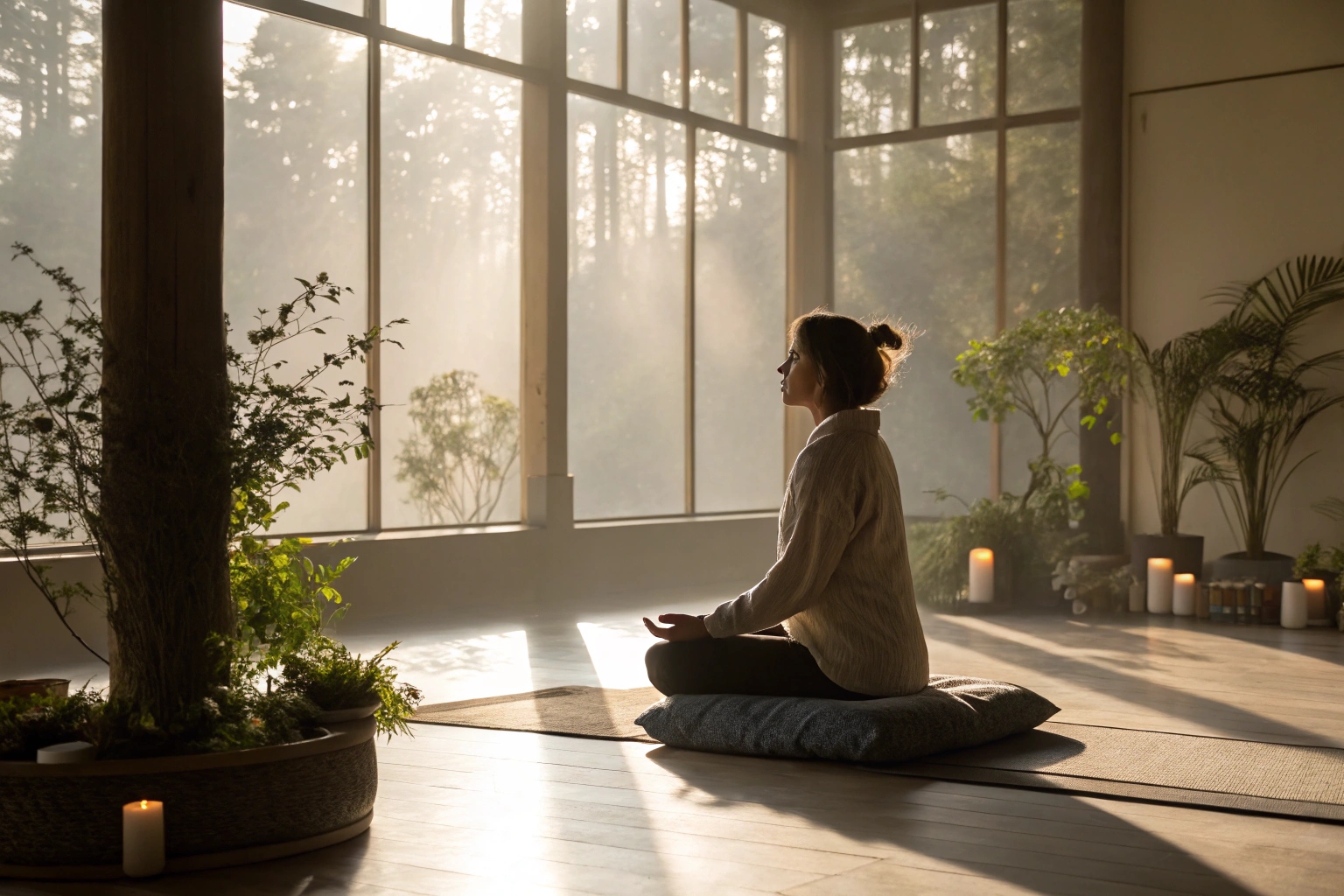Why are thangka paintings so expensive?
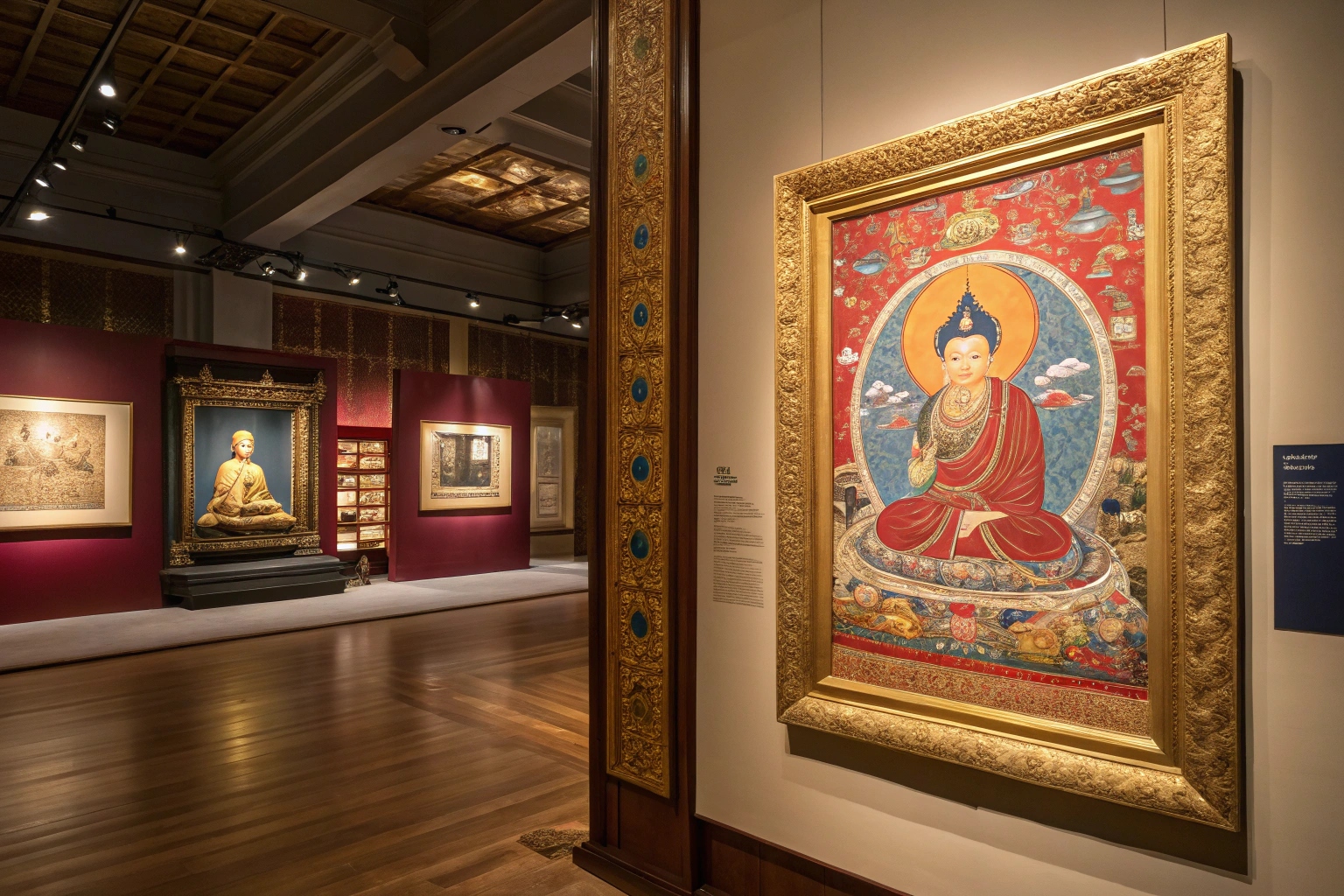
Thangka paintings can be quite expensive, leaving many wondering what makes them so valuable. Let’s explore the factors that contribute to their high price.
Thangka paintings are prized for their intricate craftsmanship, spiritual significance, and the time-intensive process involved in creating them. Their cost reflects both artistic and cultural value, with each piece being a work of devotion and history.
Understanding what makes thangka paintings so unique can help you appreciate their worth. Let’s dive deeper into the world of these sacred artworks.
What is special about thangka painting?
What makes thangka paintings stand out from other artworks? Is it the techniques or the symbolism behind them?
Thangka paintings are unique because they are deeply rooted in Tibetan Buddhist traditions. Each piece is more than just a painting; it serves as a medium for meditation and spiritual reflection.
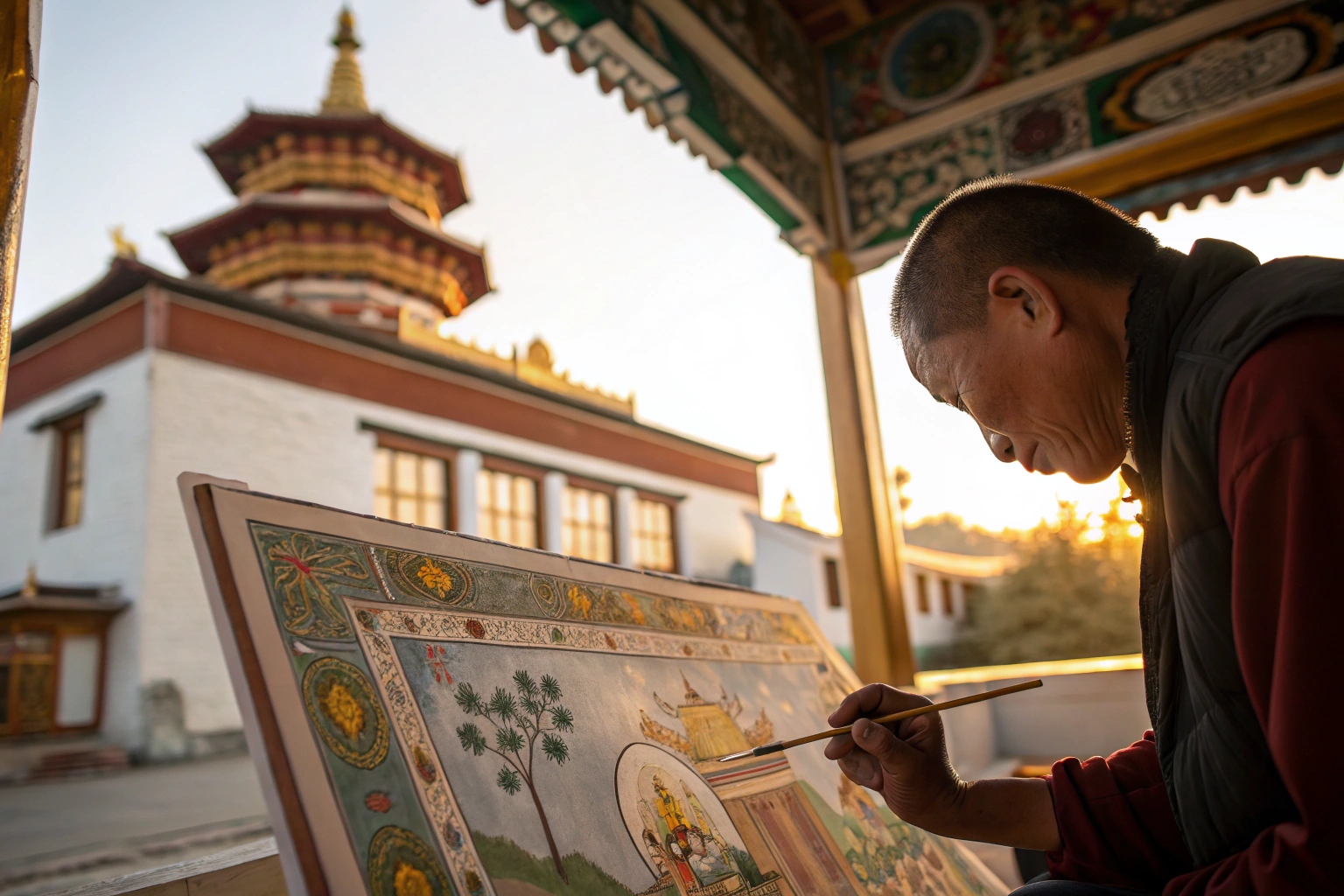
Thangka paintings are typically created using natural pigments and materials, often on cotton or silk. The process can take several months or even years, depending on the complexity of the design. Thangkas depict religious scenes, deities, and spiritual symbols central to Tibetan Buddhism. What makes them particularly special is the precision and devotion required by the artist. Often, thangkas are painted in meticulous detail, using traditional iconographic standards. The imagery must be aligned with religious teachings, representing divine beings, sacred rituals, or meditative practices.
Beyond technique, thangka paintings hold immense spiritual significance. They serve as a tool for meditation and are used in rituals to invite positive energy and blessings. The artwork is seen as a reflection of the divine and is treated with respect. Moreover, thangkas are often blessed by monks before they are sold, which adds a layer of sacred value.
Here’s a breakdown of why they are considered so valuable:
| Factor | Impact on Cost |
|---|---|
| Materials | High-quality, natural pigments, silk or cotton canvas |
| Craftsmanship | Intricate, time-consuming details |
| Spiritual Value | Devotional aspect, religious blessing |
| Cultural Significance | Deep connection to Tibetan Buddhist practices |
As you can see, thangkas are not just art pieces; they are a spiritual investment. This combination of artistry and devotion makes them both rare and expensive.
Where do you put Buddha paintings in your house?
If you’re thinking about bringing a thangka into your home, where should you place it for the best effect?
Buddha paintings are often displayed in areas of the home that are peaceful and undisturbed. In Tibetan tradition, placing them in specific areas invites peace and harmony into the home.
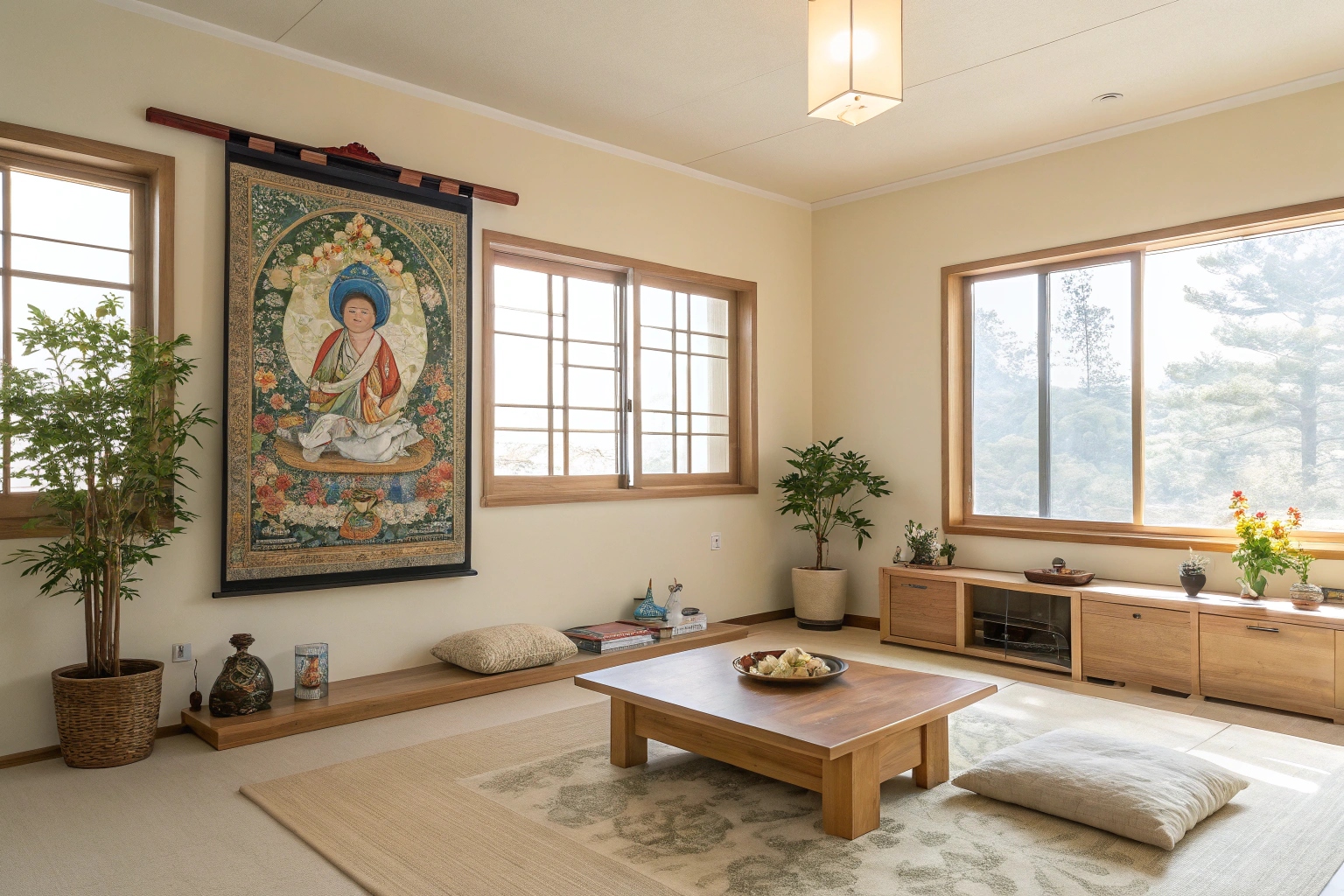
The placement of thangka paintings in your home plays an important role in maximizing their spiritual impact. In traditional Tibetan homes, thangkas are often placed in meditation rooms, altars, or quiet corners to create a peaceful atmosphere. The ideal place should be free from clutter and disturbance, providing a serene environment for reflection and spiritual practice.
In Feng Shui, Buddha paintings are often placed in the east or northeast areas of the home to bring calmness and positive energy. These locations are believed to be connected to personal growth and spiritual enlightenment. The artwork should not be placed in bedrooms or bathrooms, as these are considered areas where energy is more turbulent.
It’s also important to ensure the thangka is at eye level. This not only allows for easier viewing during meditation but also makes the artwork more effective in its spiritual role. You want to respect the image, treating it as a sacred object, which is why placement should be intentional.
Here are a few suggestions for ideal placement:
| Room/Area | Recommended Position |
|---|---|
| Meditation Room | Near the altar, at eye level |
| Living Room | On a quiet wall, facing east |
| Hallway or Corridor | Positioned to bring peace as you enter a room |
By thoughtfully placing a thangka, you help set an intention for peace and mindfulness, inviting positive spiritual energy into your space.
How to choose a thangka?
Not all thangka paintings are created equal. So, how do you select the right one for you?
Choosing a thangka involves considering the subject matter, artistic style, and size. You’ll also want to ensure it fits the spiritual purpose you have in mind.
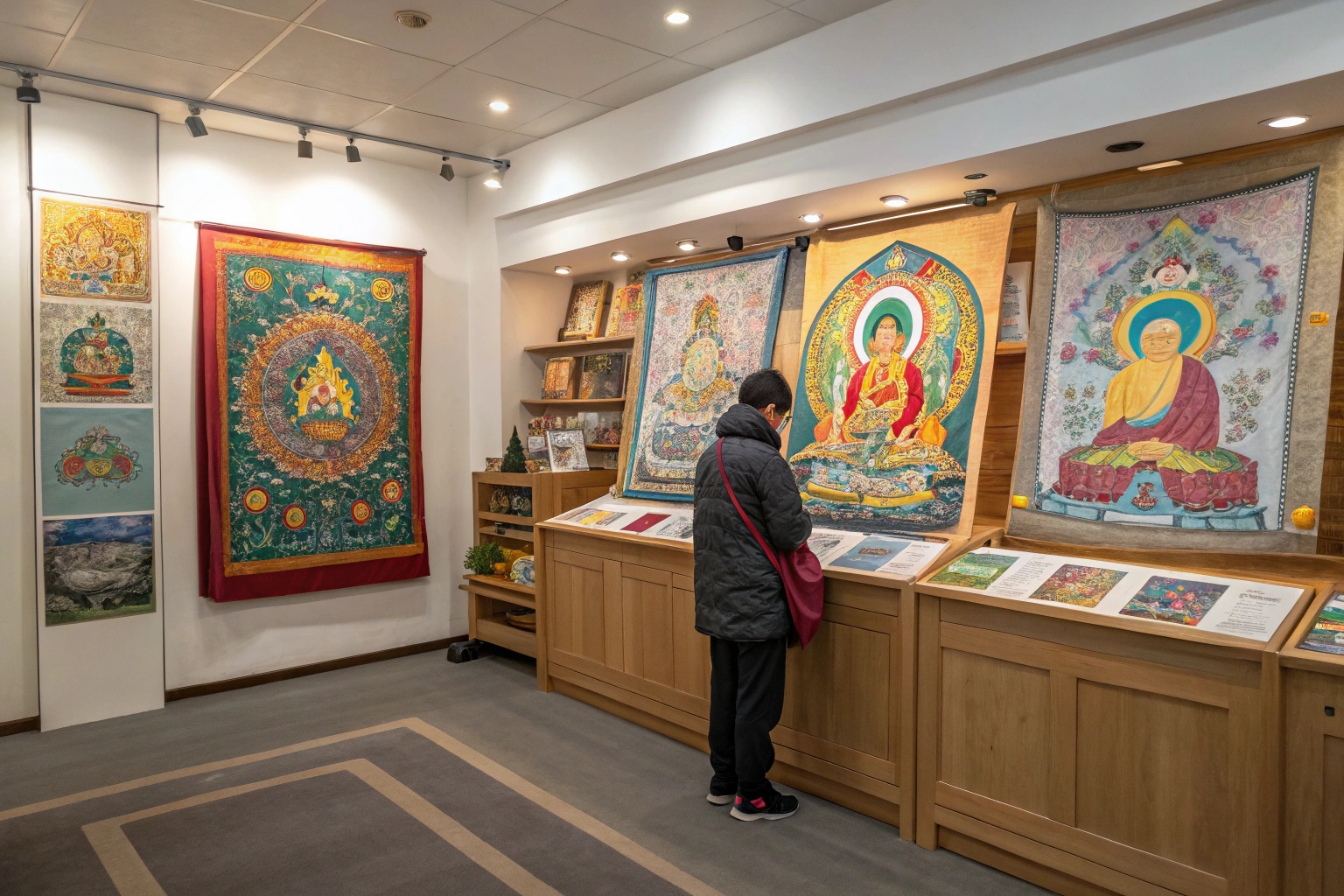
When selecting a thangka, the first factor to consider is the subject matter. Thangkas often depict deities, such as Buddha, Avalokiteshvara, or Tara, each of whom has specific symbolism and spiritual significance. If you are drawn to a particular deity or energy, choosing a painting that represents that figure can be a powerful way to deepen your meditation practice.
The style of the painting is another important consideration. Traditional thangkas follow strict iconographic rules, with specific colors, postures, and gestures. If you’re looking for authenticity, choosing a thangka painted using traditional methods ensures that the artwork remains true to Tibetan Buddhist practices. For those seeking a more modern approach, contemporary thangkas may feature a creative interpretation of ancient symbols while still honoring the essence of the tradition.
Size and proportion are also key when selecting a thangka. Larger pieces are often more dramatic and become focal points in a room, while smaller thangkas can fit in more intimate spaces. Consider where you plan to hang the painting and how its size will complement the rest of your decor. A thangka should feel balanced within the space and resonate with the energy of the room.
Here are a few tips for choosing a thangka:
| Consideration | Tips for Selection |
|---|---|
| Subject Matter | Choose based on the deity or spiritual energy you resonate with |
| Artistic Style | Traditional vs. modern approach to Tibetan Buddhist symbolism |
| Size and Proportion | Match the size of the painting to the space it will occupy |
The right thangka is one that speaks to your spiritual journey. Take your time to explore the many options available, and trust your intuition to guide you toward the perfect choice.
Conclusion
Thangka paintings are expensive because of their artistic and spiritual value, with the combination of materials, craftsmanship, and cultural significance making them unique.






